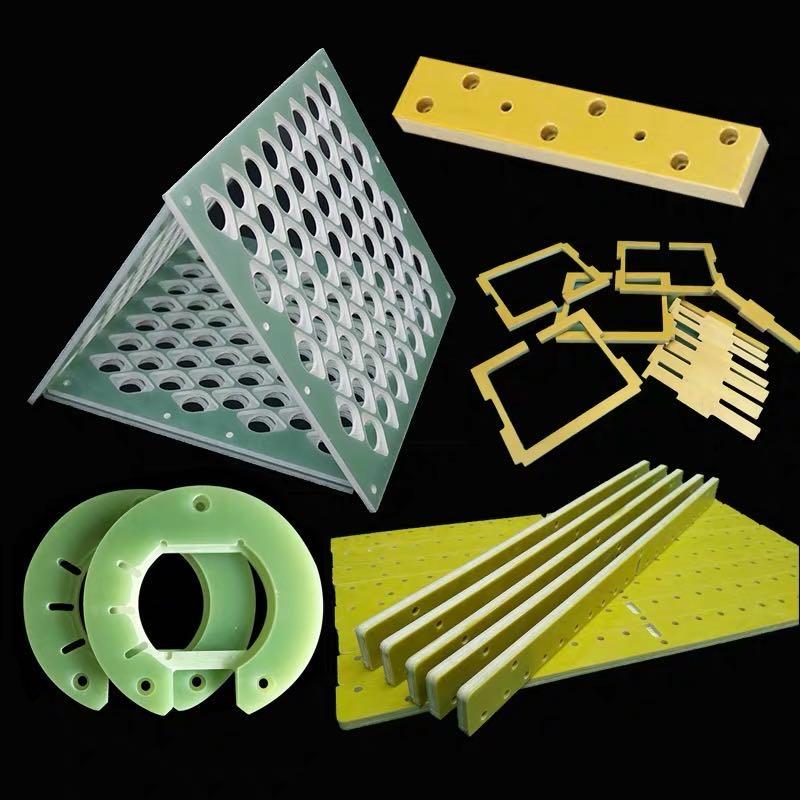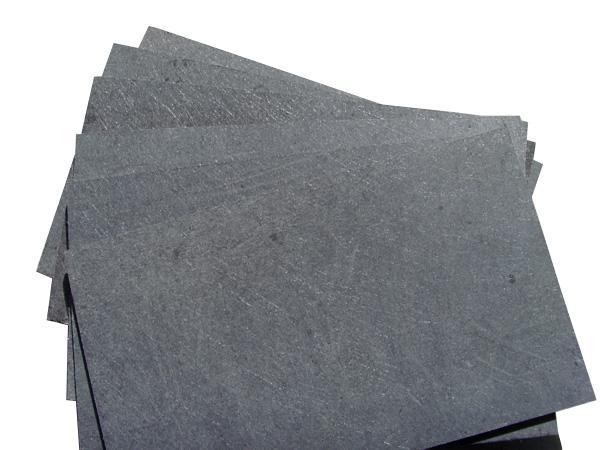
Privacy statement: Your privacy is very important to Us. Our company promises not to disclose your personal information to any external company with out your explicit permission.
HONY Plastics Insulation Materials run the gamut from bulky fiber materials such as fiberglass, rock and slag wool, cellulose, and natural fibers to rigid foam boards to sleek foils. Bulky materials resist conductive and -- to a lesser degree -- convective heat flow in a building cavity. Rigid foam boards trap air or another gas to resist heat flow. Highly reflective foils in radiant barriers and reflective insulation systems reflect radiant heat away from living spaces, making them particularly useful in cooling climates. Other less common materials such as cementitious and phenolic foams and vermiculite and perlite are also available.
The following insulation materials:
• Fiberglass
• Mineral wool
• Cellulose
• Natural fibers
• Polyisocyanurate
• Polyurethane
• Vermiculite and perlite
• Urea-formaldehyde foam
• Cementitious foam
• Phenolic foam
• Insulation facings
• Fiberglass: Fiberglass is the most common insulation material. It`s made from fine glass fibers and is most often used in batts, rolls and loose-fill insulation. Fiberglass is a skin and lung irritant, so always wear protective eyewear, gloves, masks and clothing when working with fiberglass insulation.
• Cellulose: Cellulose insulation is made from recycled paper products. Manufacturers also add borate for fire and insect resistance. Cellulose insulation is usually a loose-fill insulation.
• Foam: Foam insulation may be made from polystyrene, polyisocyanurate or polyurethane, which are all types of plastic. You can also install cementitious foam insulation, which is cement-based. Foam insulations can be sprayed or installed in rigid foamboards.
• Mineral wool: Mineral wool can refer to either rock wool or slag wool. Rock wool is a man-made material made from a combination of natural minerals. Slag wool is also a man-made material but is made from a waste product of molten metal known as slag. Both mineral wool insulations are naturally fire-resistant. They come as batts, rolls and loose-fill.
• Natural fibers: Insulation can also be made from various natural materials, including cotton, sheep`s wool, straw and hemp. Typically, these materials are from recycled sources and are treated to be fire, mold and insect resistant.



Privacy statement: Your privacy is very important to Us. Our company promises not to disclose your personal information to any external company with out your explicit permission.

Fill in more information so that we can get in touch with you faster
Privacy statement: Your privacy is very important to Us. Our company promises not to disclose your personal information to any external company with out your explicit permission.